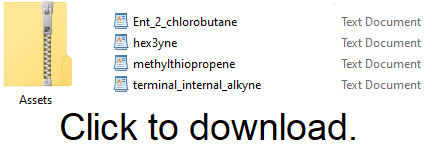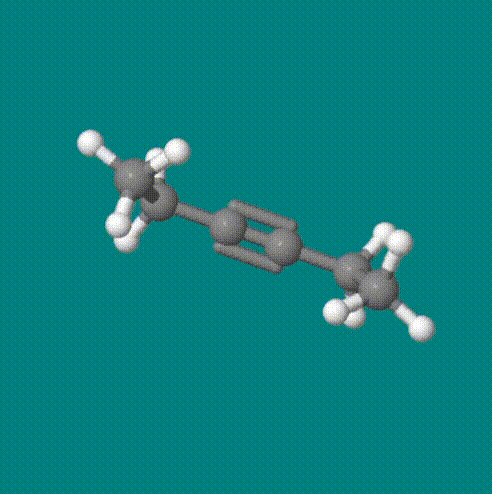
JSmol is a free and open-source tool that can be used to create and share molecular models. It’s based on the Java desktop application Jmol. Unlike Jmol though, JSmol is an HTML5 modality that can be used entirely within most web browsers. This means there’s no need to install Java or extra plugins, and interactive JSmol models can be used on most mobile devices.
CheMagic.org uses JSmol for its Virtual Molecular Modeling Kit (VMMK). The VMMK is a great tool for educators as it allows the user to convert 2D chemical diagrams to 3D models for demonstration purposes. These models are easy to manipulate in the 3D viewing window, and more advanced results can be achieved using console commands. The tutorial below shows how to use the VMMK and JSmol console. Be sure to download the accompanying PDF and model files.

Sites Using JSmol:
- CheMagic Virtual Molecular Modeling Kit
- This tool allows the user to easily create and save models and try the various features built into JSmol.
- ChemTube3D
- This is a great site with many different JSmol organic chemistry models. Some pages, like the conformations of cyclohexane page, feature an extra level of interactivity.
- Muzyka’s Organic Chemistry
- This is the webpage of Dr. Jennifer L. Muzyka. It features JSmol models related to conformations, stereochemistry, and substitution and elimination reactions. Some of the examples are animated. Muzyka has another page with models that may be useful for teaching general molecular geometry.
- 1H NMR Predictor
- This webpage by the Paul Sabatier University allows the user to draw a molecular diagram and predict the NMR results. JSmol models are generated and clicking on the individual atoms will highlight its place on the NMR spectrum.
- Proteopedia
- Proteopedia is described on its homepage as a “collaborative & free 3D-encyclopedia of proteins & other biomolecules.” JSmol models are used throughout.
- The Virtual Museum of Minerals & Molecules
- This is a project of the University of Wisconsin’s Department of Soil Science. It features models of different compounds in minerals, pesticides, herbicides, and other areas of interest to soil scientists.
- The Online Macromolecular Museum
- This is the California Lutheran University’s collection of macromolecule models.
- Molecule of the Month
- This is the University of Bristol’s collection of different molecules. Each page gives a little historical and functional information about each molecule, and each page contains models for reference.
- The Chemistry of Art
- This is Rice University’s web page devoted to the chemistry of art and art restoration. JSmol models are used on several pages, including Chemistry of Wood and Metals & Alloys.
- MolView
- This site allows the user to draw 2D diagrams and convert them to 3D. It’s similar to the VMMK but less advanced and with an easier to use interface.
JSmol Documentation and other Creator Resources:
- Jmol on SourceForge
- The Jmol application and JSmol files can be downloaded here. There are some links to other resources and a demo page.
- Jmol/JSmol documentation from St. Olaf College
- This page documents Jmol and JSmol syntax. Many examples are compiled in the drop-down menu near the top of the page.
- JSmol Community Wiki
- This wiki has a lot of useful information on getting JSmol running on a webpage. There are other interesting resources as well as a more complete collection of websites using Jmol/JSmol.
- Scripting Tutorials from The California Lutheran University
- This page contains several scripting tutorials. It’s especially useful for biomolecular modeling.

